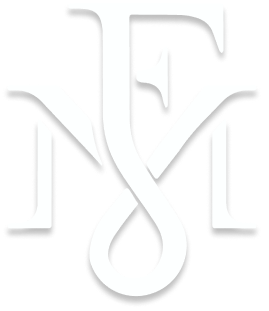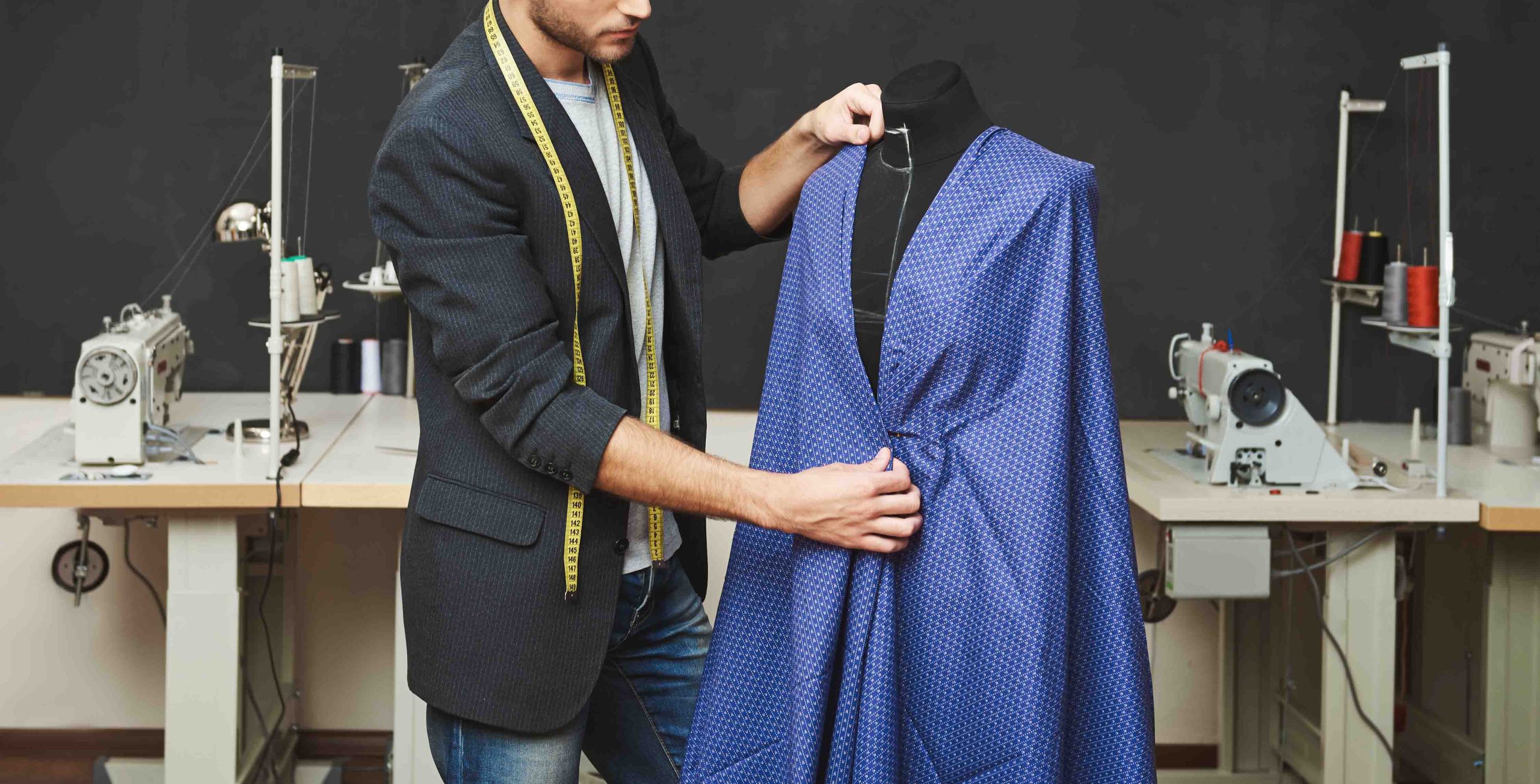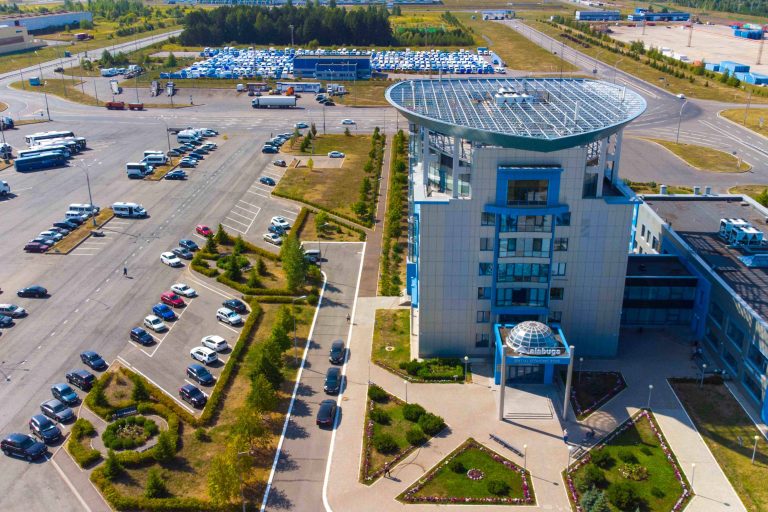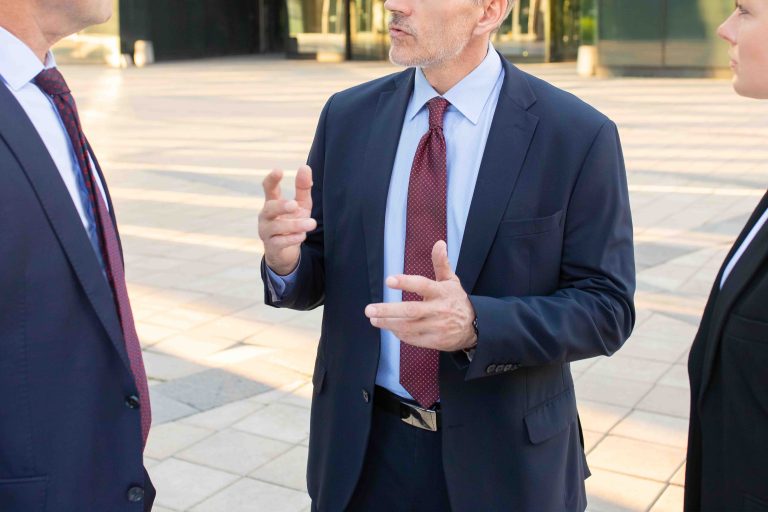Russia’s Apparel Industry (2020–2025)

The Russian apparel market has demonstrated notable volatility and structural change from 2020 to 2025, influenced by the pandemic, western sanctions, and domestic policy shifts.
- 2020: Market value at USD 25 billion (pandemic-driven decline)
- 2021: Recovery to USD 28 billion (growth in e-commerce activity)
- 2022: Contraction to USD 20 billion (sanctions, brand exits)
- 2023: Partial recovery to USD 22 billion (local brand expansion, parallel imports)
- 2025 (Projected): Market expected to reach USD 26–28 billion
Local players and digital platforms have filled gaps left by foreign exits, supported by government incentives for domestic production and digital infrastructure. Despite ongoing challenges such as logistics, inflation, and reduced foreign access, the market reflects growing resilience and investment potential in localized manufacturing and online retail.
Impact of Western Sanctions and Market Decline (2020–2022)
The pandemic initially hit hard, causing a drop to $25 billion in 2020. By 2022, Western sanctions and the exit of brands like H&M, Zara, and Uniqlo caused further contraction. Apparel prices surged by 20–25% due to inflation and supply chain disruptions.
Recovery and Growth Post-2022
Local brands such as Vilet and Faberlic quickly filled the gap left by foreign companies. E-commerce platforms like Wildberries and Ozon grew rapidly, with parallel imports filling 15–20% of the market gap. Domestic production rose, with government support pushing local production from 20% in 2020 to an expected 35–40% by 2025. Government import substitution policies further boosted local manufacturers, encouraging them to increase production and reduce reliance on foreign goods.
Sectoral Developments and Trends (2023–2025)
By 2023, the market stabilized at $22 billion. E-commerce remains the main growth driver, projected to account for 25–30% of sales by 2025. Consumer preferences shifted toward DIY fashion and thrift shopping, with a surge in secondhand sales and interest in upcycling. The government has continued to promote digitalization, supporting e-commerce growth through infrastructure improvements and incentives for local tech innovations.
Investment Potential in the Russian Apparel Sector
Investment in local textile manufacturing is promising, with projections for domestic production to rise to 35–40% by 2025. Parallel imports continue to offer opportunities, though challenges like high logistics costs remain. Government initiatives supporting local production, including subsidies and tax breaks for manufacturers, make this an attractive area for investment. Focus on sustainable production, local brands, and digital innovation is key to capturing market growth.
Challenges
The sector faces logistics challenges, with rising costs and disrupted supply chains. Inflation has also impacted consumer spending, with a shift toward more affordable options. Despite these obstacles, government policies supporting local manufacturing and digital initiatives provide a solid foundation for growth.
Conclusion
The Russian apparel industry presents a compelling investment opportunity, with projections indicating a market value of $26–28 billion by 2025, and some sources expecting figures to exceed this range, driven by local production and digital expansion. For foreign investors, this evolving market offers strong opportunities, particularly in local manufacturing, sustainability, and innovation.
Our legal team is prepared to assist you in entering the Russian apparel market and addressing all legal requirements to initiate your business activities effectively.







